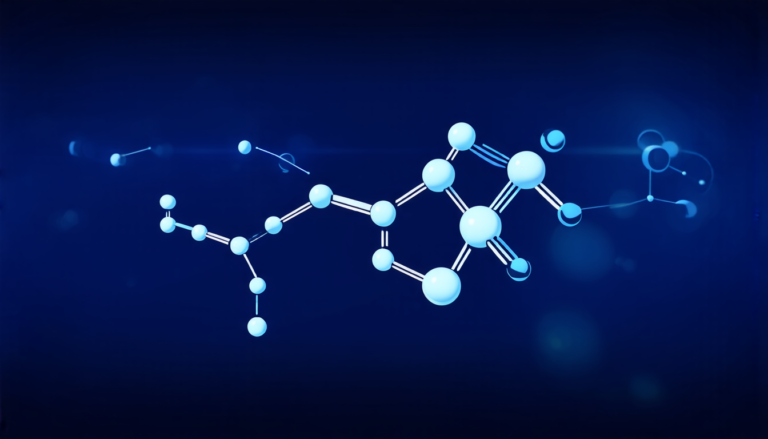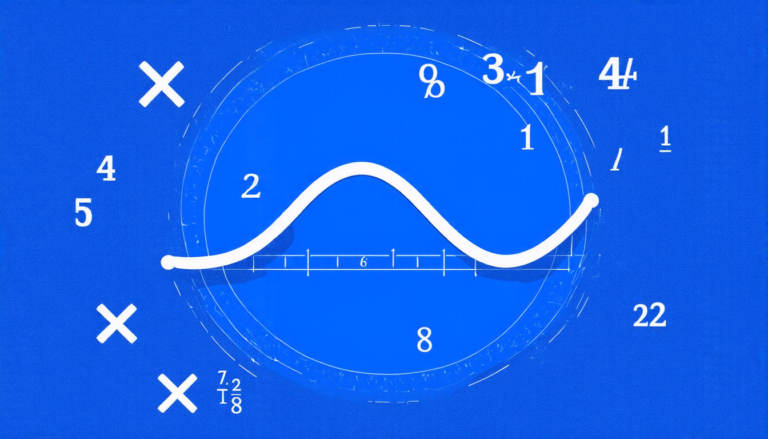Thursday 10 April 2025
The concept of entropy has long been a fundamental part of our understanding of the universe, from the second law of thermodynamics to the information theory pioneered by Claude Shannon. But what happens when we apply these principles to random walks on groups? The answer lies in the complex interplay between probability, geometry, and algebra.
In the 1970s, mathematicians began exploring the properties of random walks on groups, which are mathematical structures that allow us to combine elements through a set of rules. These walks can be thought of as a sequence of steps taken by an agent moving through a space defined by the group’s operations. The goal is to understand how the probability distribution of these walks evolves over time.
One key insight came from the work of Amnon Avez, who showed that for certain types of groups, the entropy of the walk grows linearly with its length. This was a significant breakthrough, as it provided a link between the geometric and algebraic properties of the group and the probabilistic behavior of the random walk.
But what about the case where the entropy is infinite? This may seem like an abstract concept, but it has real-world implications in fields such as cryptography and coding theory. In these areas, understanding how information is processed and transmitted is crucial for secure communication.
The study of random walks on groups with infinite entropy is a relatively new area of research, and it has already yielded some fascinating results. For example, recent work has shown that in certain cases, the boundary of the group – which represents all possible limit points of the random walk – can be described using a type of geometric object called a Poisson boundary.
This has significant implications for our understanding of the interplay between probability and geometry. The Poisson boundary is a way to describe the long-term behavior of the random walk, and it provides a link between the group’s algebraic structure and its geometric properties.
The study of infinite entropy random walks on groups also raises fundamental questions about the nature of information and its relationship to the universe. As we continue to explore this area, we may uncover new insights into the underlying principles that govern our understanding of reality.
In recent years, researchers have made significant progress in understanding the behavior of these walks, including the development of new mathematical tools and techniques. The study of infinite entropy random walks on groups is an active area of research, with many open questions and challenges waiting to be addressed.
Cite this article: “Unlocking the Secrets of Random Walks in Infinite Entropy Groups”, The Science Archive, 2025.
Entropy, Random Walks, Groups, Algebraic Geometry, Probability Theory, Information Theory, Poisson Boundary, Cryptography, Coding Theory, Mathematical Physics.







